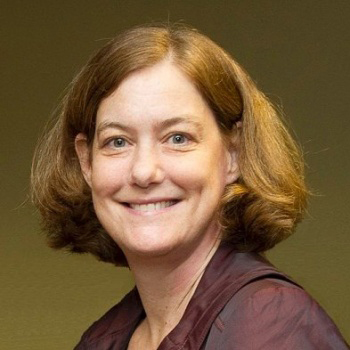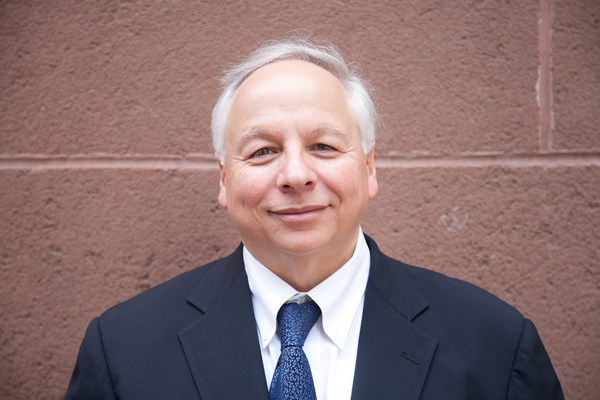The people of the Seaport are mad.
What was once a gritty artists’ colony on the city’s outer fringe (literally and figuratively) has become a bustling neighborhood populated by hipsters, craft breweries, high-end restaurants and fancy cocktail bars.
As the parking lots disappear – along with the water view from the converted mill buildings on Summer and Congress streets – and shiny glass luxury condo towers appear, the neighborhood has taken on a new identity. It’s the place to be, for startups and established firms alike.
Progress brings change, not all of it good. While the neighborhood flavor is different, it was never intended to become another Financial District, devoid of life after 5 p.m., lacking green spaces and battered by wind tunnels.
Recent proposed changes to Seaport Square by developer W/S do not uphold the vision for the Seaport. W/S is seeking to amend the master plan and increase the office component from 1.2 million to 2.9 million square feet. Multifamily housing units would rise from 2,500 units to 3,200. Elimination of 200,000 square feet set aside for a performing arts center has prompted questions from cultural organizations about W/S’s commitment to cultural venues.
And the neighborhood’s current residents are not happy about it. Reprinted with the author’s permission, a comment letter re: Seaport Square Notice of Project Change. Emphasis his; redaction ours.
Dear Mr. Uter:
I’m not going to politely beat around the bush:
STOP [EFFING] AROUND WITH THE PLANNING COMMITMENTS MADE BY THE CITY OF BOSTON FOR THE SEAPORT DISTRICT OVER YEARS OF THOUGHTFUL PLANNING.
This proposed project change ejects all of the remaining elements of civic and public space that would make the Seaport District anything other than a bland second-class urban landscape. Boston, which should be a leading light in urban development, has instead decided that an okay outcome is to maximize tax revenue at the expense of all character and quality and world-class public infrastructure.
Public civic and cultural space is not an extra – it is essential. Parks are not extras – they are essential.
Hold the developers and the city to the commitments of the years of thoughtful planning that require a bare minimum of these necessary resources in the development of the few remaining Seaport parcels.
Respectfully!
Peter Agoos, Fort Point/Seaport pioneer, developer and 37-year owner, business operator and resident
Well said, Mr. Agoos. A development the size of Seaport Square is certainly beholden to market conditions, and the master plan was approved at this point nearly seven years ago. But as Agoos points out in no uncertain terms, the loss of public and performing arts space is not a good move for the development, the neighborhood or the developer’s public relations.
For the betterment of the Seaport and the future of Boston, W/S should rethink these proposed changes.




 |
| 

